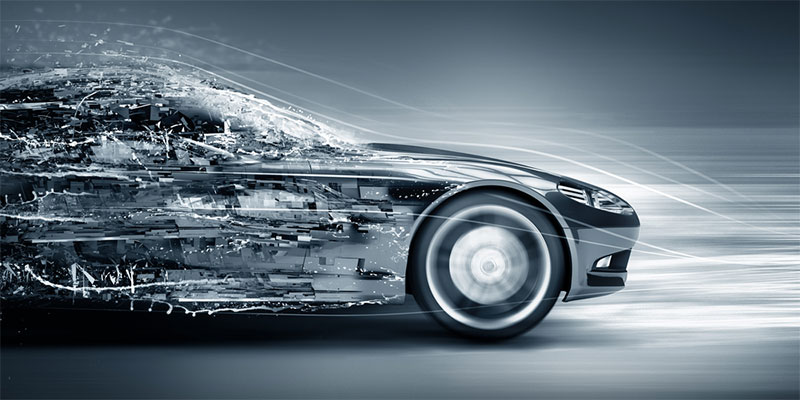 Digitisation can help in optimising existing plants and that process is evolving in the automotive industry
Digitisation can help in optimising existing plants and that process is evolving in the automotive industry
The future of automobiles and transportations is dramatically going to change globally in near future, reshaping the 120-year old technologies used in mobility industry, say experts.
Digitalisation in automotive industry, which has made e-cars and autonomous cars a reality, is now experimenting with virtual commissioning, says Bernd Mangler, senior vice president, automotive solutions at Siemens AG.
“To bring out a new car or new derivate from a model and to bring this model really into production is a painful and time-consuming process. It takes time and it is a big investment. Now, ‘Virtual Commissioning’ means before you put any piece of steel into your plant, you simulate the whole big chemical solution and the whole electrical solution in the virtual world. In that, you can experiment and decide what all finally works. That will fasten up the commissioning time and would cut down the planning-to-production time tremendously,” Bernd Mangler told Business Today on the sidelines of Hannover Messe industrial fair in Germany.
Digitalisation can help in optimising existing plants and that process is evolving in the automotive industry. Applying technology and offering transparency is the right way to gain the fruits of digitalisation. Siemens has a product in its portfolio to test-ride autonomous cars in the virtual world than in the real world and it is an example of how digitalisation helps in manufacturing of automobiles. Automotive plants have stiff structures of production lines and there is no need for altering them in future to make variants or new models as flexible manufacturing solutions are evolving.
Companies like Siemens have software and IoT solutions to combine data and analytics, transparency and use analytics on a transparent data to really find out where and how to optimise the plants and factories. Such changes are happening in the automobile industry. Recently Siemens entered into a deal to digitise the 122 factories across the globe of Volkeswagen. Digital solutions like cloud and edge-based computing have huge potential in countries like India and China and IT companies are going to play a crucial role in production of automobiles.
Siemens has already teamed up with Alibaba to sell its Mindsphere industrial IoT solutions in China. Traditional manufacturing companies will have to team up with small partners for technology, he said.
In future, automobiles will be run more on fuel cells and electricity than diesel or petrol as these are depleting. Car companies are changing themselves as preferences of consumers will change. When cars move driverless, automobile providers will focus on providing more amenities and conveniences to the passengers. Car building companies will evolve into companies offering mobility solutions, said Bernd Mangler.
Freight logistics solutions are also changing. “Typically one kilogram of battery is needed per ton-kilometer to run a truck electrically with current technologies. This implies, for a 40 ton truck travelling 500 km, a 20 tonne battery would be needed, which seems to be senseless for a 40 ton truck. To meet these constraints, an Electric Road System (ERS) based on an Overhead Contact Line (OCL)-hybrid heavy-duty vehicle (HDV) has been developed by Siemens. It can be applied both for shuttle transport like at ports or mines and for highways,” says Benjamin Wickert, Head of Business Development for eHighway Solutions in Siemens Mobility.
According to him, the OCL-ERS utilises a continuous power supply system. This electric transport system consists of an overhead contact line (catenary) infrastructure as well as trucks equipped with current collectors (pantographs) and hybrid drives. The result was the first fully operable prototype on a test track with dedicated infrastructure. Since mid-2011 it has been undergoing testing and demonstration. During trials, the OCL-hybrid prototypes demonstrated full performance and suitability for everyday use – regardless of the environmental and load conditions. In addition to providing highly promising results in terms of technology, the tests also demonstrated benefits to the environment, economy and in the form of reducing local CO2 emission enormously.
